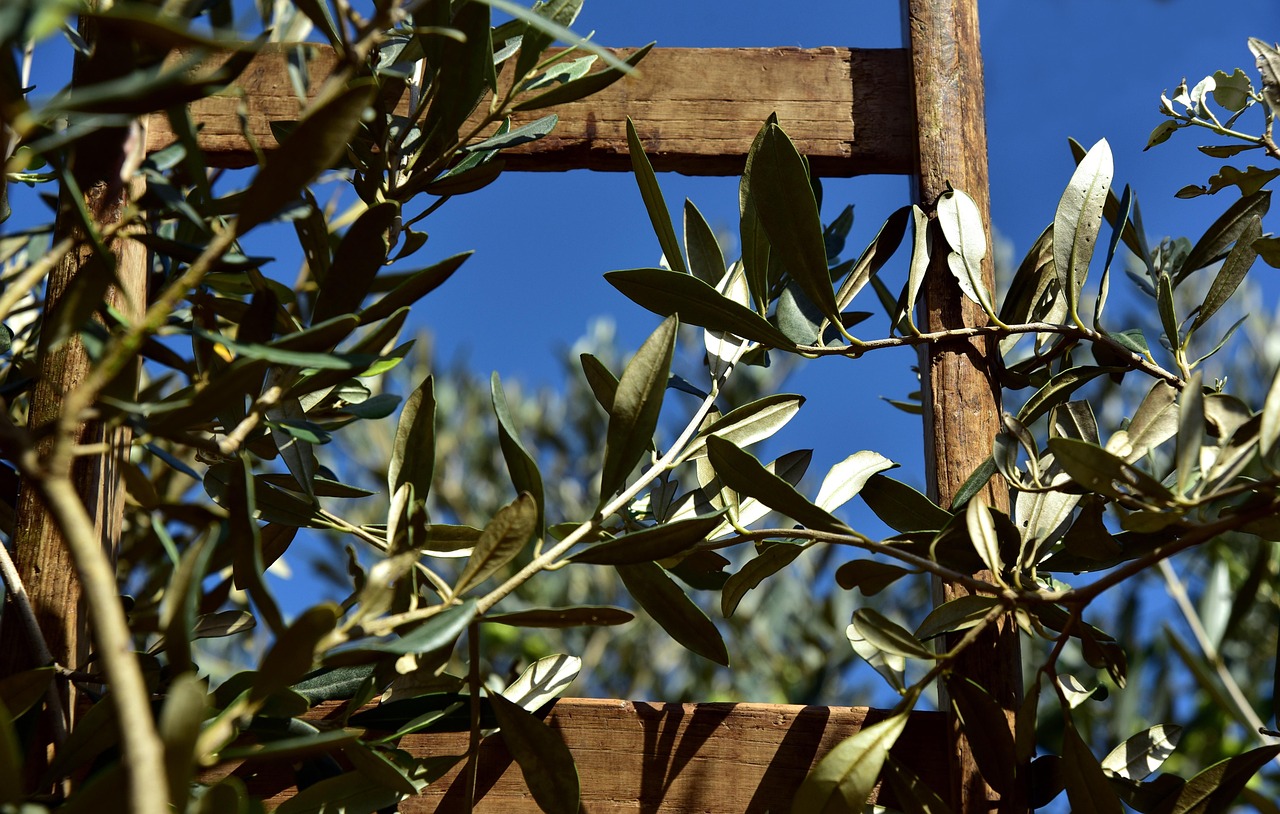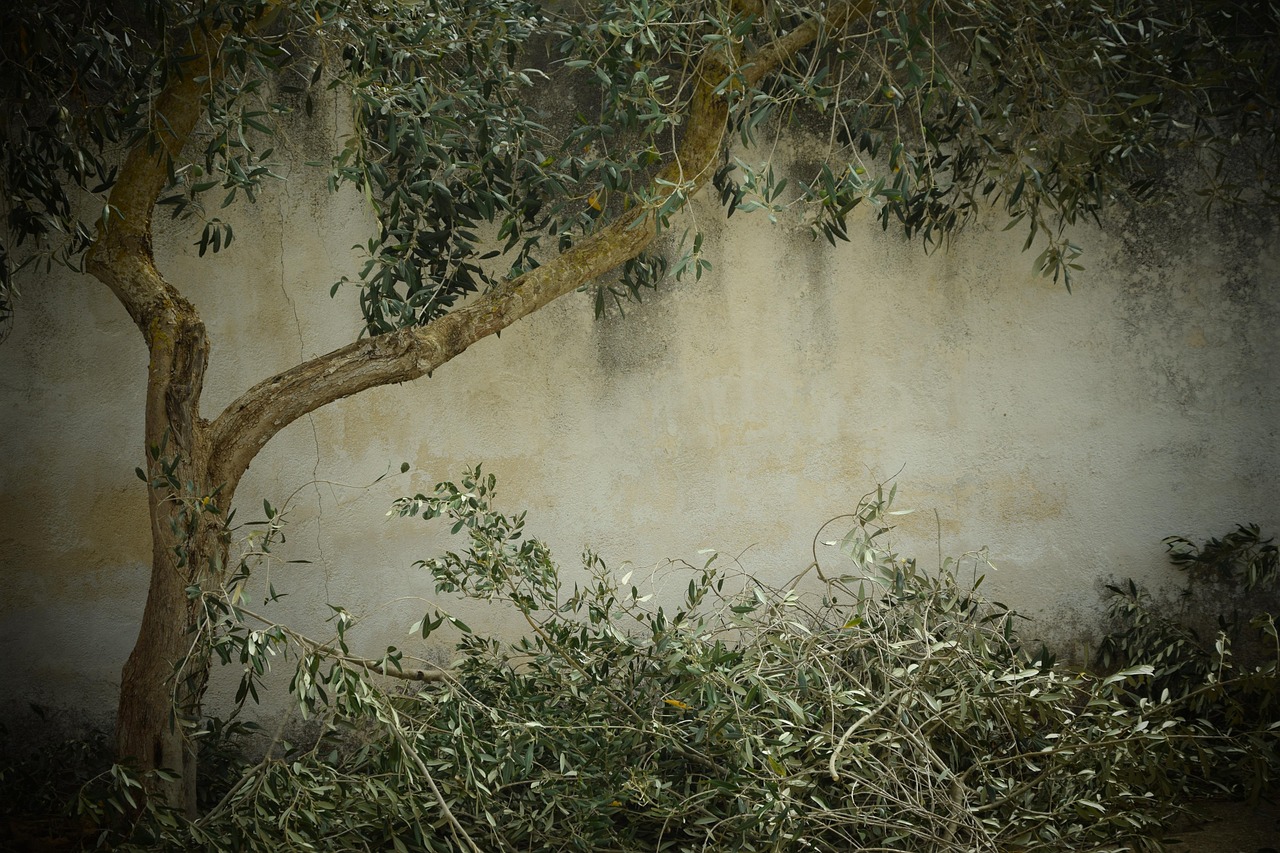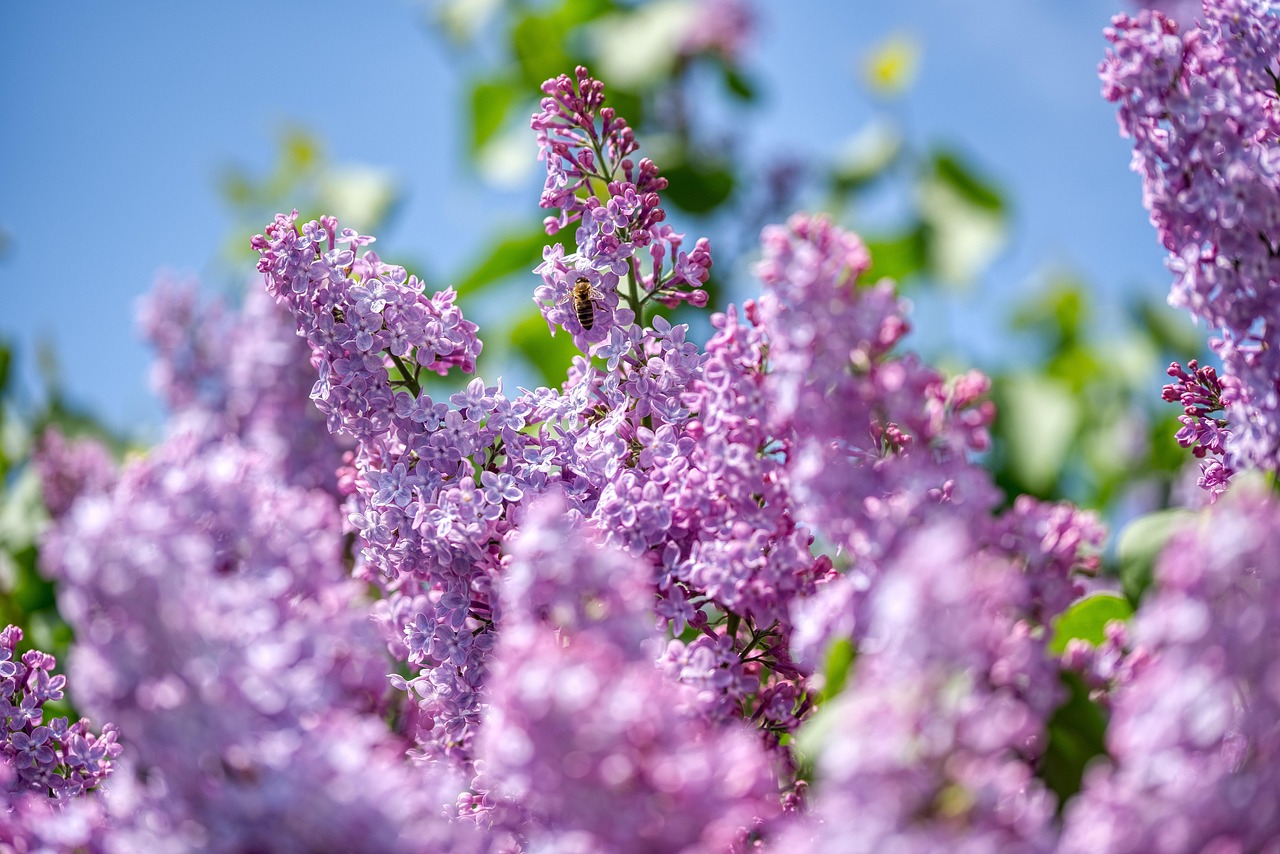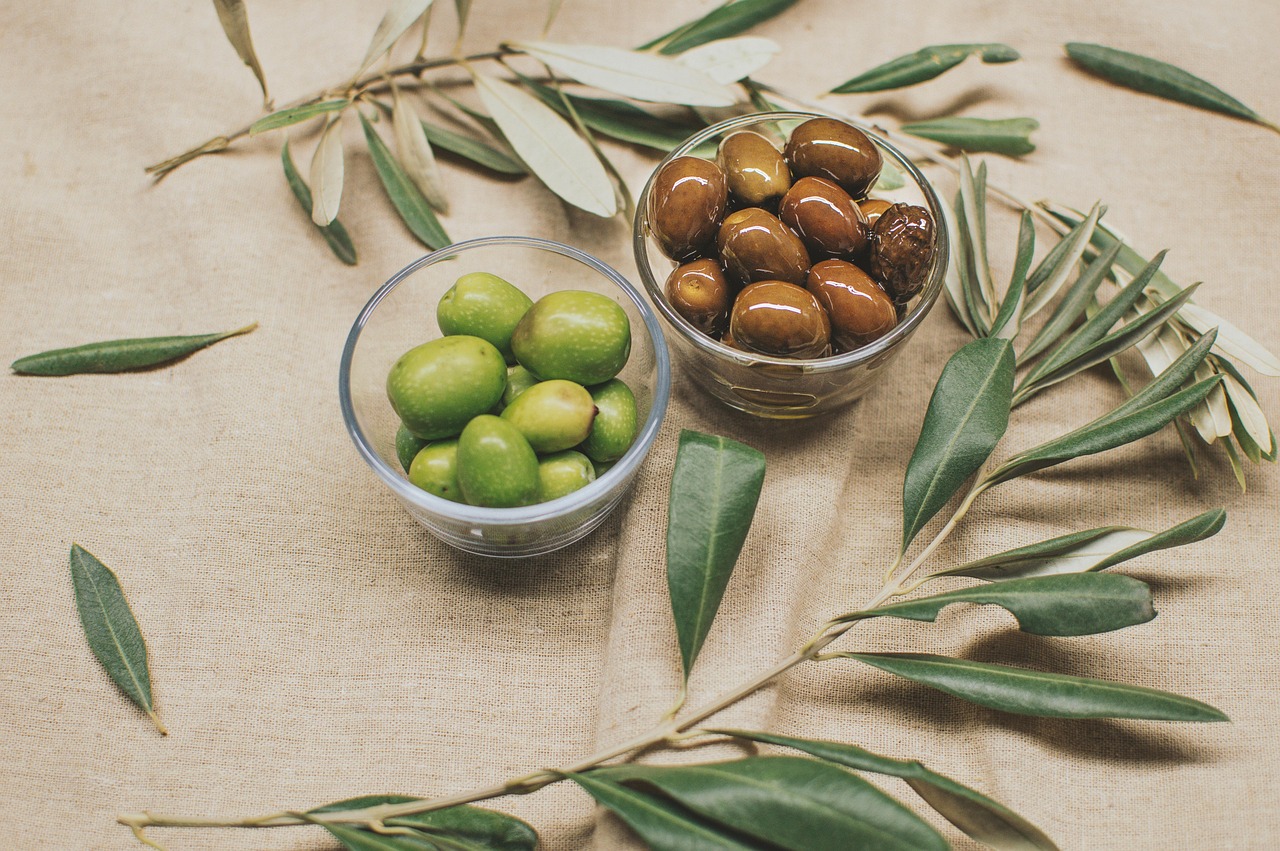Pruning olive trees is essential for enhancing natural air circulation, which improves overall tree health. Proper pruning techniques open the canopy, allowing sunlight and airflow to reach all parts of the tree. This practice reduces disease risk and promotes better fruit production.
Olive trees are ancient plants that thrive in warm climates. They are well-known for their hardiness and longevity. However, managing these trees through pruning is vital for maximizing their potential. Regular pruning not only encourages new growth but also helps maintain the tree’s structure. It is crucial to understand the best practices for pruning to ensure optimal results.

Air circulation is a key factor in the health of olive trees. A well-pruned tree allows air to flow freely among its branches, reducing humidity levels within the canopy. This is especially important in humid climates, where stagnant air can lead to fungal diseases. The benefits of improved air circulation include:
- Reduced risk of disease
- Improved fruit quality
- Enhanced photosynthesis
- Better overall tree vigor
The Importance of Pruning Olive Trees
Understanding the importance of pruning olive trees is fundamental for any grower or gardener. Pruning shapes the tree and encourages healthy growth while allowing for effective air circulation. When trees are pruned correctly, they can develop a strong framework that supports their weight and fruit load.
Additionally, pruning helps control the size and shape of the tree. This is particularly beneficial in commercial orchards, where space is limited. By managing the height and spread of olive trees, growers can maximize their orchard’s productivity.

Types of Pruning Techniques
There are several common techniques used in olive tree pruning. Each technique serves a specific purpose and can enhance air circulation in different ways:
- Thinning: This involves removing entire branches to increase light penetration and airflow. Thinning is particularly effective for older trees with dense canopies.
- Heading: In this technique, tips of branches are cut back to promote bushier growth. Heading can help create a more compact shape while still allowing airflow.
- Renewal pruning: This method is used on older trees to rejuvenate growth. It involves removing older wood to encourage new shoots that enhance air circulation.
Timing for Pruning
Timing plays a critical role in the effectiveness of pruning olive trees. The best time to prune varies depending on the desired outcome and local climate conditions. Generally, late winter or early spring is recommended before new growth begins. This timing allows trees to heal quickly and encourages vigorous growth.
Pruning during dormancy minimizes stress on the tree and reduces the risk of injury from cold temperatures. However, in warmer climates, some growers may choose to do light pruning during the growing season to manage growth actively.

Essential Tools for Pruning
Having the right tools makes a significant difference when pruning olive trees. Essential tools include:
- Bypass pruners: Ideal for cutting small branches cleanly.
- Loppers: Useful for thicker branches that need more leverage.
- Saws: For larger limbs that require more power to cut through.
- Gloves: Protect hands from cuts and scrapes while handling tools.
Common Mistakes to Avoid
Avoiding common mistakes can enhance the effectiveness of olive tree pruning. Some frequent errors include:
- Over-pruning: Removing too many branches can harm the tree’s health.
- Improper cuts: Making cuts at incorrect angles can hinder healing.
- Neglecting sanitization: Not cleaning tools can spread diseases between trees.
By being aware of these pitfalls, growers can ensure healthier trees and a more productive yield. Understanding how to properly prune olive trees not only enhances air circulation but also contributes significantly to the overall health and productivity of the trees.

In conclusion, effective pruning techniques are essential for creating an environment that fosters natural air circulation. By following best practices, growers can maintain healthy olive trees that are more resilient against diseases and capable of producing higher-quality fruit.
Advanced Pruning Techniques for Olive Trees
As olive trees mature, they require more specific and advanced pruning techniques to enhance air circulation effectively. Understanding these methods allows growers to adapt their strategies based on the age and health of their trees. This section will explore advanced pruning techniques, their applications, and the benefits they bring to olive tree cultivation.
Espalier Pruning
Espalier pruning is a technique that involves training trees to grow flat against a wall or trellis. This method is particularly useful for limited spaces and allows for exceptional air circulation. Key benefits of espalier pruning include:
- Maximized sunlight exposure
- Improved air circulation through thin canopies
- Aesthetic appeal, creating a unique garden feature
To implement this technique, follow these steps:
- Select a sturdy support structure like a trellis or wall.
- Choose healthy shoots and guide them along the support using ties.
- Regularly prune unwanted growth to maintain shape and encourage airflow.
Crown Thinning
Crown thinning is another advanced technique aimed at improving air circulation. This method involves selectively removing branches from the canopy without altering the tree’s overall shape. Crown thinning promotes better light penetration and air movement within the tree.
When performing crown thinning, consider the following:
- Aim for a balanced canopy structure.
- Remove branches that cross or rub against each other.
- Focus on lower branches to allow air to flow freely.
Benefits of Crown Thinning
The benefits of crown thinning include:
- Decreased risk of fungal infections due to improved airflow.
- Enhanced fruit quality and yield by ensuring sunlight reaches all parts of the tree.
- Better overall health and vigor of the tree.
Pollarding
Pollarding is a pruning technique that involves cutting back the tree significantly to promote new growth. This technique is typically used on younger trees but can also be applied to older ones if done carefully. Pollarding encourages the production of new shoots that can enhance air circulation.
When applying pollarding, keep in mind:
- Perform it during the tree’s dormant season.
- Use sharp tools to make clean cuts, minimizing damage.
- Monitor regrowth closely, as vigorous shoots may need further management.
The Role of Seasonal Pruning in Air Circulation
Seasonal pruning is a vital aspect of maintaining olive trees for optimal air circulation. Different seasons present unique opportunities for specific pruning tasks. Understanding how to utilize each season effectively can greatly enhance tree health.
Winter Pruning
Winter is an ideal time for structural pruning. During this dormant period, olive trees can be pruned with minimal stress. The focus should be on:
- Removing dead or diseased wood
- Shaping the tree for improved structure
- Opening up the canopy to allow air movement
Summer Pruning
Summer pruning can be beneficial for controlling growth and promoting light penetration. This type of pruning helps in managing excessive growth that may hinder air circulation. Key points to consider include:
- Lightly trimming back new shoots to maintain shape.
- Removing suckers or water sprouts that compete for resources.
- Avoiding heavy pruning during hot weather to prevent stress on the tree.
Pest and Disease Management through Pruning
Effective pruning not only enhances air circulation but also plays a crucial role in pest and disease management. A well-pruned olive tree is less susceptible to infestations and infections. Here are some strategies:
Identifying Pests and Diseases
Regularly inspect trees for signs of pests and diseases. Common issues include:
- Olive fruit flies: They can cause significant damage to fruit.
- Fungal infections: Such as olive knot and peacock spot.
- Bacterial diseases: These can weaken the tree structure.
Pruning for Health
Pruning out infected branches can help prevent disease spread. It is important to:
- Sanitize tools before and after use to avoid contamination.
- Remove affected areas immediately upon detection.
- Dispose of pruned materials properly, avoiding contact with healthy parts of the tree.
This proactive approach not only helps maintain healthy trees but also enhances air circulation, creating an environment less conducive to pests and diseases.
Understanding Olive Tree Growth Habits
To effectively prune olive trees, it is essential to understand their growth habits. Olive trees exhibit specific growth patterns that influence how and when they should be pruned. By aligning pruning techniques with these growth habits, growers can enhance air circulation and overall tree health.
Growth Stages of Olive Trees
Olive trees go through several growth stages, each requiring different approaches to pruning:
- Juvenile Stage: This stage lasts for the first few years. Trees focus on establishing roots and developing a strong framework. Pruning should be minimal and focused on shaping.
- Young Adult Stage: From 3 to 10 years, trees begin producing fruit. During this time, structural pruning becomes more important to promote a balanced canopy.
- Mature Stage: After 10 years, trees are fully productive. Pruning should focus on maintaining health and managing size while enhancing air circulation.
Branch Development Patterns
Understanding how branches develop is crucial in determining the best pruning methods. Olive trees typically produce strong vertical shoots known as “watersprouts.” These can interfere with airflow if not managed properly.
Key points regarding branch development include:
- Branches grow in a whorled pattern, creating dense canopies.
- New growth occurs primarily at the tips of branches, which may block sunlight from reaching lower leaves.
- Older wood may become less productive over time and should be selectively removed to encourage new growth.
Seasonal Care Beyond Pruning
In addition to pruning, seasonal care plays a vital role in maintaining healthy olive trees and enhancing air circulation. Proper care can amplify the benefits of pruning and ensure that trees thrive throughout the year.
Watering Practices
Watering is a critical aspect of tree care. Olive trees prefer well-drained soil and do not tolerate excessive moisture. Proper watering techniques help support healthy growth:
- Water deeply but infrequently to encourage root development.
- Avoid watering during the rainy season, as excess moisture can lead to root rot.
- Use drip irrigation systems to minimize water stress and reduce humidity around the canopy.
Nutrient Management
Providing adequate nutrients is essential for olive tree health. Soil testing can help determine nutrient deficiencies. Key nutrients for olive trees include:
| Nutrient | Role in Growth | Sources |
|---|---|---|
| Nitrogen | Promotes leaf and shoot growth | Organic fertilizers, compost |
| Phosphorus | Supports root development and flowering | Bone meal, rock phosphate |
| Potassium | Enhances fruit quality and tree resilience | Kelp meal, greensand |
Pest and Disease Prevention
In conjunction with pruning, preventive measures against pests and diseases are essential for maintaining healthy trees. Regular monitoring and employing integrated pest management strategies can significantly reduce the impact of potential threats:
- Encourage beneficial insects such as ladybugs and lacewings that prey on pests.
- Implement crop rotation to disrupt pest life cycles.
- Utilize organic pesticides as needed, focusing on those that target specific pests without harming beneficial organisms.
The Benefits of Air Circulation in Olive Trees
The benefits of enhancing air circulation through effective pruning and care extend beyond aesthetics. Improved air movement around the tree provides numerous advantages that contribute to the overall health and productivity of the tree.
Disease Reduction
A tree with adequate air circulation is less likely to experience high humidity levels within the canopy, which can lead to fungal diseases. Enhanced airflow helps dry out foliage after rainfall, reducing the likelihood of infections such as:
- Powdery mildew
- Fungal leaf spots
- Bacterial infections that thrive in moist conditions
Enhanced Photosynthesis
Air circulation plays a crucial role in photosynthesis. When leaves receive ample sunlight and airflow, they can photosynthesize more effectively, resulting in:
- Bigger, healthier leaves capable of producing more energy.
- Higher fruit yields due to increased energy availability for fruit development.
- Improved overall tree vigor, leading to better resistance against environmental stresses.
Optimal Fruit Quality
Adequate air circulation contributes significantly to the quality of olives produced. Factors influencing fruit quality include:
- Uniform ripening due to even sunlight exposure.
- Decreased likelihood of fruit pests that thrive in humid conditions.
- Bigger olives with improved flavor profiles resulting from healthy tree metabolism.
Maintaining Olive Tree Health Through Pruning
Beyond enhancing air circulation, regular pruning significantly contributes to the overall health of olive trees. It is crucial to establish a consistent maintenance routine that incorporates not only pruning but also other cultural practices. This comprehensive approach ensures that trees remain vigorous and productive over the years.
Monitoring Tree Health
Regular monitoring of olive tree health is essential for early detection of issues. Growers should look for signs of stress, disease, or pest infestations. Key indicators include:
- Discoloration of leaves, which may signal nutrient deficiencies or disease.
- Wilting or drooping branches, indicating water stress or root problems.
- Unexplained dieback of branches, which could suggest pest damage or disease.
Implementing a routine inspection schedule helps catch potential problems early, allowing for timely intervention.
Soil Health and Management
The health of the soil directly affects the vitality of olive trees. Healthy soil promotes strong root systems, which are crucial for nutrient uptake and overall tree resilience. To maintain soil health, consider the following practices:
- Conduct soil tests regularly to monitor pH and nutrient levels.
- Add organic matter such as compost to improve soil structure and fertility.
- Implement mulching to conserve moisture and suppress weeds.
Integrating New Technologies
Advancements in agricultural technology provide new tools for managing olive tree health and enhancing air circulation. Some effective technologies include:
- Drones: For aerial monitoring of tree health, identifying areas needing attention.
- Sensors: Soil moisture and temperature sensors to optimize irrigation practices.
- Data Analytics: Tools that analyze growth patterns, helping inform better pruning decisions.
Adopting these technologies can improve efficiency and results in olive cultivation.
Financial Implications of Proper Pruning
Investing time and resources into proper pruning techniques can have significant financial benefits for olive growers. Healthy trees typically yield higher quality fruit, which can translate into better prices in the market. Some financial considerations include:
- Increased Yield: Improved air circulation and tree health lead to higher fruit production.
- Quality Premiums: Higher quality olives can command premium prices, benefiting growers financially.
- Cost Savings: Proactive pest and disease management reduces costs associated with treatments and losses.
In the long run, consistent pruning and care can ensure a more profitable olive farming operation.
Final Thoughts
The practice of pruning olive trees is vital not only for enhancing natural air circulation but also for maintaining the overall health and productivity of these remarkable trees. By understanding their growth habits, employing advanced pruning techniques, and integrating seasonal care practices, growers can maximize their yield and fruit quality.
Additionally, monitoring tree health, managing soil conditions, and embracing new technologies further support successful olive cultivation. The financial implications of these practices highlight the importance of investing in proper tree care. Healthy olive trees result in higher yields, better quality olives, and ultimately greater profitability.
In conclusion, effective olive tree pruning is a multifaceted approach that encompasses not only the act of cutting branches but also a deeper understanding of tree biology, environmental conditions, and market dynamics. By prioritizing air circulation through thoughtful management practices, growers can create thriving orchards that produce abundant and high-quality fruit for years to come.
